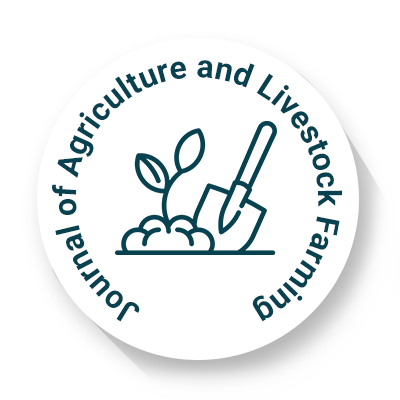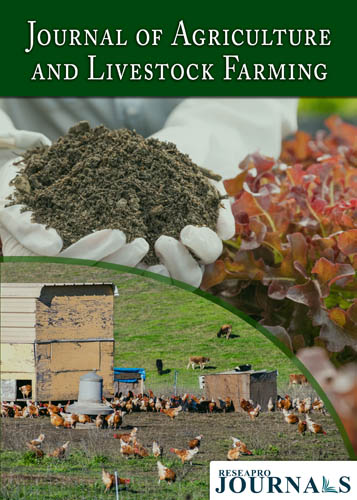
Journal of Agriculture and Livestock Farming
OPEN ACCESS

OPEN ACCESS

Microplastics, which are defined as plastic fragments less than 5 mm in size, have become widespread pollutants in agricultural soils, mainly originating from sources like plastic mulches, synthetic fertilizers, sewage sludge, and irrigation with wastewater. These tiny particles are very resistant to breakdown, allowing them to persist in soils over extended periods where they interact with both the physical and biological elements of the soil ecosystem. Recent research indicates that microplastics can adversely affect soil health by modifying the diversity and functioning of microbial communities, including essential beneficial bacteria and fungi required for nutrient cycling and the decomposition of organic matter. Additionally, microplastics can diminish the activity of crucial enzymes such as dehydrogenase and phosphatase, which are important for maintaining soil fertility. In certain cropping systems, studies have shown that microplastics can accumulate in plant tissues, especially in root vegetables, raising concerns about potential human exposure through the food chain. This review compiles existing research on the interactions between microplastics and soil microbiomes, examines patterns of bioaccumulation across various crop systems, and explores mitigation strategies, including the adoption of biodegradable alternatives and improved wastewater treatment, to lessen microplastic pollution. A deeper understanding of these interactions is vital to promote sustainable agricultural methods that protect soil health, ensure productivity, and maintain food safety.